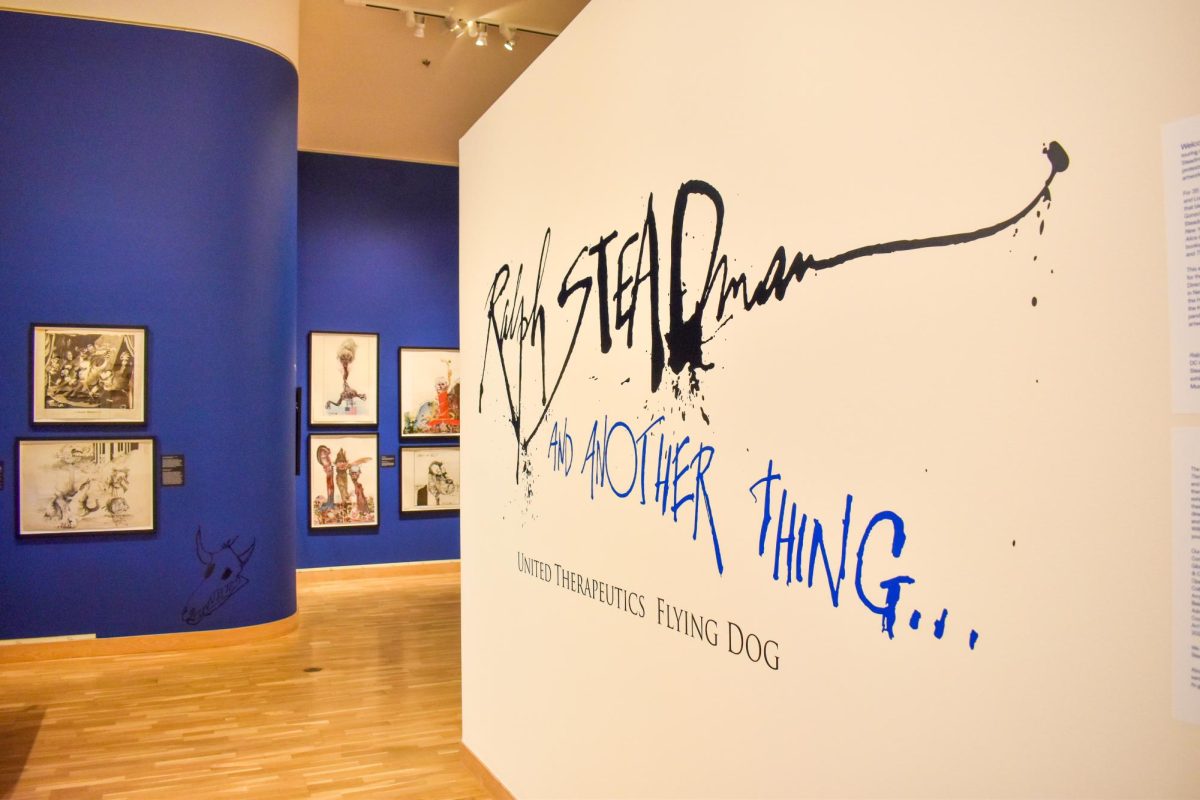Barbenheimer—Barbie and Oppenheimer—was the event of the summer. Fans rushed from one showing to the next dressed in pink (and sometimes fedoras). Debates ensued over which film should be seen first or second, and much to my content, memes surrounding the two films blew up on social media.
Other film pairs released on the same date tried to follow suit but failed (i.e. Saw Patrol). Why? Well, because of Barbenheimer’s contrast in the pairing—one advertised as the embodiment of critical acclaim: morally investigative, historically pertinent and dark and the other as frivolous: lighthearted, campy, and, of course, pink.
But pairings like Saw Patrol (Saw and Paw Patrol) follow some of this same opposing formula. Saw is a gory, R-rated horror film, while Paw Patrol is a G-rated film about dogs who are always around to save the day. What sets Barbenheimer apart? I argue it is both films’ commitment to the profound, despite their vastly different styles.
Unsurprisingly, Oppenheimer largely succeeded in this commitment, but there were some things it could have done better. For one thing, the women in the film were insufferable. I could not relate to them in practically any facet, and their humanity would have contributed significantly to J. Robert Oppenheimer’s struggle between balancing his personal life and the burden of his job. I also found myself craving more exposure to the darker realities for civilians.
Instead, director Christopher Nolan chose to illustrate the effects of the bomb solely through the eyes of Oppenheimer and his guilt. If we saw a brutal look at the atrocities caused by his ambition—the short-term and long-term effects of the explosion—the audience might feel more compelled to understand the weight of Oppenheimer’s moral dilemma.
However, Nolan stuck to his formula and delivered. To put it far too simply, it was a gorgeous film. The sound paired with the visuals made the bomb a true spectacle, emphasizing the contradictory nature of the atomic bomb: its beauty because of its potential solution, but its unprecedented capability for destruction. The cinematography drew me into Oppenheimer’s story and allowed me to experience the weight of his actions along with him. This is especially prevalent in the tracking shot where we literally follow Oppenheimer out of the press conference and into seas of traumatized scientists.
Finally, renowned for his mastery at manipulating time (see: Interstellar, Memento, and Tenet), Nolan played with narrative structure to bridge the gap between the historical and the present. Most prominently, he chooses to include the conversation between Oppenheimer and Einstein as the last scene in the movie, despite it taking place much earlier chronologically. This leaves the audience with a chilling takeaway: the consequences of the atomic bomb transcend time.
However, what was truly perfect about this pairing was the surprise that Barbie had to offer. While I do not deny that most critics and audiences alike would still place it into a different category than Oppenheimer it is certainly not a stretch to admit that I was thoroughly impressed by director Greta Gerwig’s ability to balance both the lightheartedness of make-believe with its harrowing connection to reality.
The world-building of Barbie Land is near perfection because of its ironic juxtaposition with the real world. Embracing Kenergy is mesmerizing (and hilarious) to watch, but it has an underlying sadness in the way that it creates impossible standards for Barbie and (just) Ken. Patriarchy, at times, is just about horses; but, as a system, it forces women to question their purpose and their worth. As a result, the audience oscillates between cackling and bawling throughout the whole film.
However, for a film that promoted itself as inclusive, it left a lot to be desired. There were plenty of moments for the film to address intersectionality, at least in some facet. For instance, perhaps the woman on the bench Stereotypical Barbie calls beautiful is homeless (therefore, addressing income and gender) or Black (addressing both race and gender). Perhaps a Black Barbie tries to explain their predicament to Stereotypical Barbie who relates to some parts but not others. This, in my view, was a missed opportunity to dive into more nuanced complexity.
Regardless, the film’s commitment to both humor and the deeper implications of what it means to exist in a patriarchy made for some unique moments in the theater.
Barbie and Oppenheimer’s stark contrast in tone is just one part of what makes this pairing so great. Reveling in the glory of Barbie Land only to follow it with the origin of the atomic bomb (or vice versa) is a hilariously jarring sensation, and yet, it made me appreciate the individuality of the two films that much more. However, their shared ability to address deeper themes despite these differences in tone is what makes the Barbenheimer experience unforgettable and historic.









Thomas Carnicle • Dec 13, 2023 at 2:10 AM
These two movies should never be mentioned in the same breath other than the fact that they opened on the same weekend. Oppenheimer is an outstanding movie that has depth, plot, history, and great story telling. Oppenheimer the man was intelligent, emotional, and very human. His grasp of physics was ground breaking, approaching that of Eienstein . The women in his life were beautiful and smart and were a key part of his success as a scientist and innovater.
Barbie is a fictional character in a feel good movie that is short on plot and puts women on a pedestal based more on beauty than brains. Men are seriously marginalized and even bashed in this reality cartoon. Yes movie gowers did go to Barbie more than Oppenheimer, but that mirrors our society in general. Its a sad fact, but most people are way more likely to pick up a romance novel, comic, or watch a soap opera way more than to pick up a science or history book.